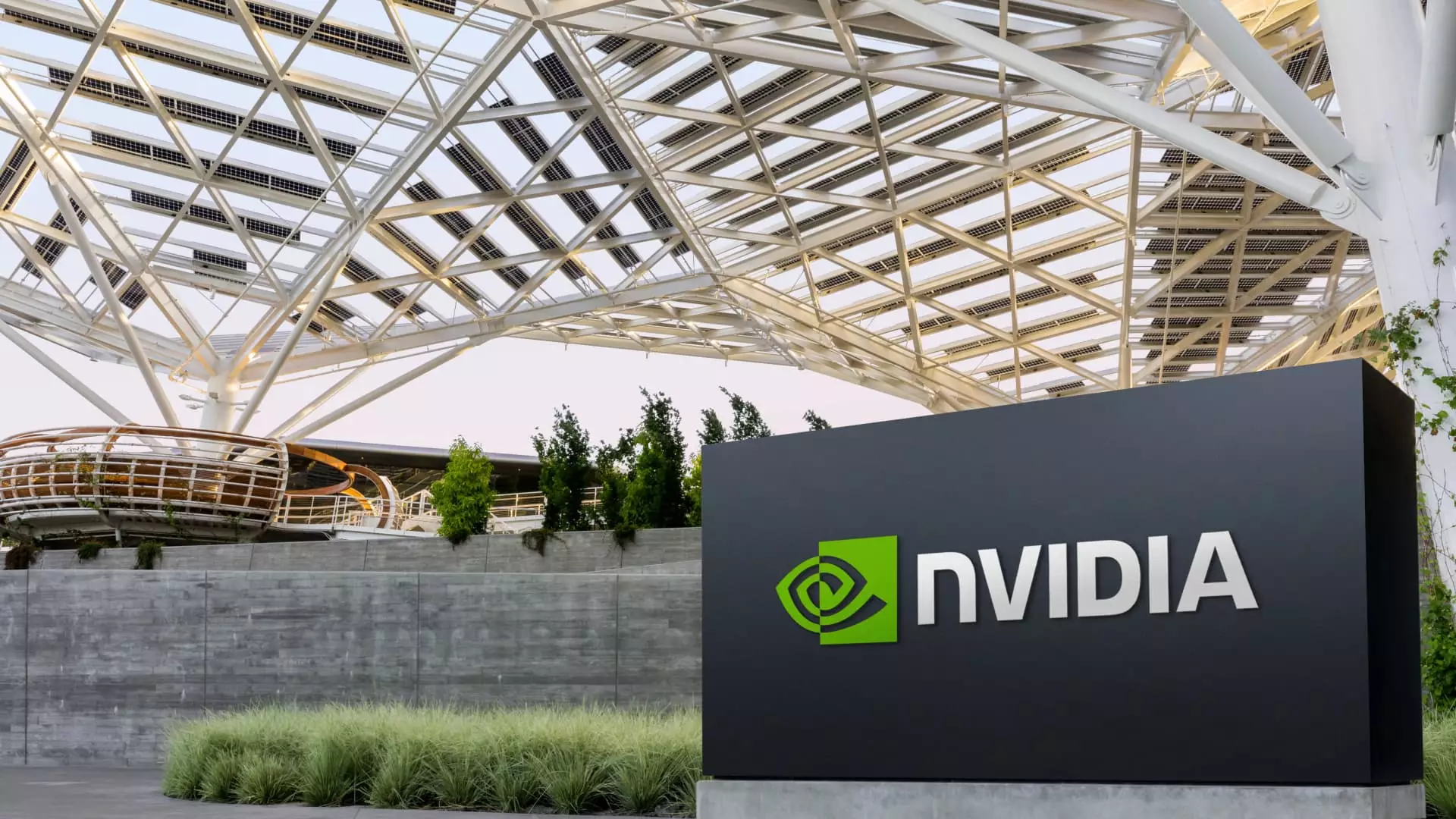The investment landscape is buzzing with excitement around high-speed connectivity solutions, particularly with companies like Astera Labs (ALAB). As we navigate through the GenAI megatrend, we could be at a pivotal moment for technology investments. Raymond James has identified ALAB as a standout, forecasting its growth potential amidst rising demand for high-performance interconnects. The inference here is straightforward: investing early in a company that specializes in cutting-edge technology could lead to substantial returns. However, while the tech innovation presents opportunities, it is paramount to remain skeptical of the hype surrounding AI technologies. The reality is that many players are jostling for market share, and not all will prevail, leading to potential pitfalls for unwary investors.
Healthcare Fintech: A Prime Investment Hotspot
Truist’s initiation of Waystar as a ‘Buy’ underscores the growing convergence of healthcare and technology. The narrative here is one of robust potential, as healthcare payment technologies evolve to meet the dynamic demands of the sector. This highlights a pivotal shift in healthcare management, driven by efficiency and digital transformation. However, it’s essential to approach this burgeoning area with caution; the stakes are high, and while early adopters may strike gold, the plethora of companies flooding the market creates significant competition and volatility. The question for investors becomes: will Waystar be among the victors or merely another blip in the healthcare tech landscape?
Leisure Sector Recovery: Is Six Flags Ready for a Comeback?
Barclays’ upgrade of Six Flags to overweight exudes optimism amidst a year of stark underperformance. The theme park industry has faced a whirlwind of challenges, from pandemic repercussions to shifts in consumer spending habits. Nonetheless, Barclays sees significant upside potential in Six Flags. The crucial factor here will be the company’s internal restructuring and marketing strategies. Will they effectively revitalize consumer interest in a post-pandemic world? Investors must weigh the risks against the potential rewards carefully. The volatility within this sector creates openings, but also high stakes for those looking to invest.
Dining Delights: Chipotle’s Resilience Amid Economic Uncertainty
Loop’s recent upgrade of Chipotle from hold to buy suggests a belief in the restaurant’s potential for growth despite economic headwinds. Their reasoning points to manageable tariff risks and strong sales trends, hinting at a resurgence that could yield attractive returns. As more consumers lean towards healthy dining options, Chipotle could solidify its position as a market leader. However, the question remains whether the company can maintain its momentum amidst stiff competition. Slow economic recovery could impact discretionary spending, and any faltering in their bottom line might yield grim repercussions for investors.
Fitness Industry Prospects: Riding the Peloton Wave
Recent upgrades of Peloton to buy by Canaccord highlight the pressure on the fitness industry to innovate. With a loyal customer base and a high-margin revenue stream from subscriptions, Peloton appears poised for a potential rebound. However, it’s crucial to remain cautious; the fitness market is notoriously fickle, with consumer preferences shifting rapidly towards convenience and online offerings. Thus, while Canaccord’s optimistic perspective on Peloton raises hopes, it’s essential to remember that loyalty does not guarantee sustained growth, especially in an increasingly saturated market.
Telecommunication Concerns: T-Mobile Under Scrutiny
Citi’s downgrade of T-Mobile from buy to neutral reflects the market’s growing skepticism about the cable and telecommunications sector’s valuation. While T-Mobile has garnered impressive market share growth, its forward momentum may be stymied by overall sector allocations and competition from rivals. For investors, this signals a time to reassess not only T-Mobile’s current position but also any broader investments in the telecommunications space. In an environment where sector growth appears stagnant, it may be prudent to seek alternative opportunities.
The Energy Market’s Uncertain Future
Wells Fargo’s initiation of Viper Energy as overweight highlights their outlook on the energy sector’s growth potential. With every passing year, the volatility of the oil market raises questions about the sustainability of success. Investors eyeing Viper must grapple with fluctuating oil prices, potential regulatory challenges, and shifting energy policies worldwide. While they present potential rewards, investments in energy sectors come with their unique risks that should not be ignored.
Tech Giants Under Pressure: Navigating Nvidia’s Challenges
Mizuho’s caution regarding Nvidia by lowering its price target due to growth concerns warrants attention. As one of the leading players in the semiconductor market, Nvidia stands at a crossroads where slowing growth could fundamentally alter its trajectory. Investors must tread carefully, considering the balancing act between their cutting-edge advancements and the market’s unpredictable nature.
A Look at Consumer Behavior: The Impact on American Express
Baird’s upgrade of American Express to neutral symbolizes a response to consumer behavior trends amid broader market turmoil. Even as broader market conditions create uncertainty, the optimism surrounding AmEx’s brand resilience pushes investors to reconsider their positions. However, with mounting pressures on household budgets, there is an underlying concern about consumer credit health and spending capacity moving forward. Investing in such a cyclical sector can be a double-edged sword, urging investors to proceed with caution.
Emerging Opportunities in Biotech: Nuvalent’s Breakthrough Potential
UBS’s upgrade of Nuvalent to buy paints a picture of renewed interest in biotech firms. As the landscape becomes increasingly competitive, choosing the right company with robust pipeline therapies could reap significant rewards. Yet, investors must remain cognizant of the market’s inherent risks, particularly for companies that have faced downswings, as market conditions can shift rapidly. The biotech sector, while promising, is subject to intense scrutiny and volatility, and as such, requires a judicious investment approach.
In sum, the market landscape presents both extraordinary prospects and significant challenges across various sectors. Investors must navigate these waters with prudence, realizing that while opportunities abound, missteps can be incredibly costly.

